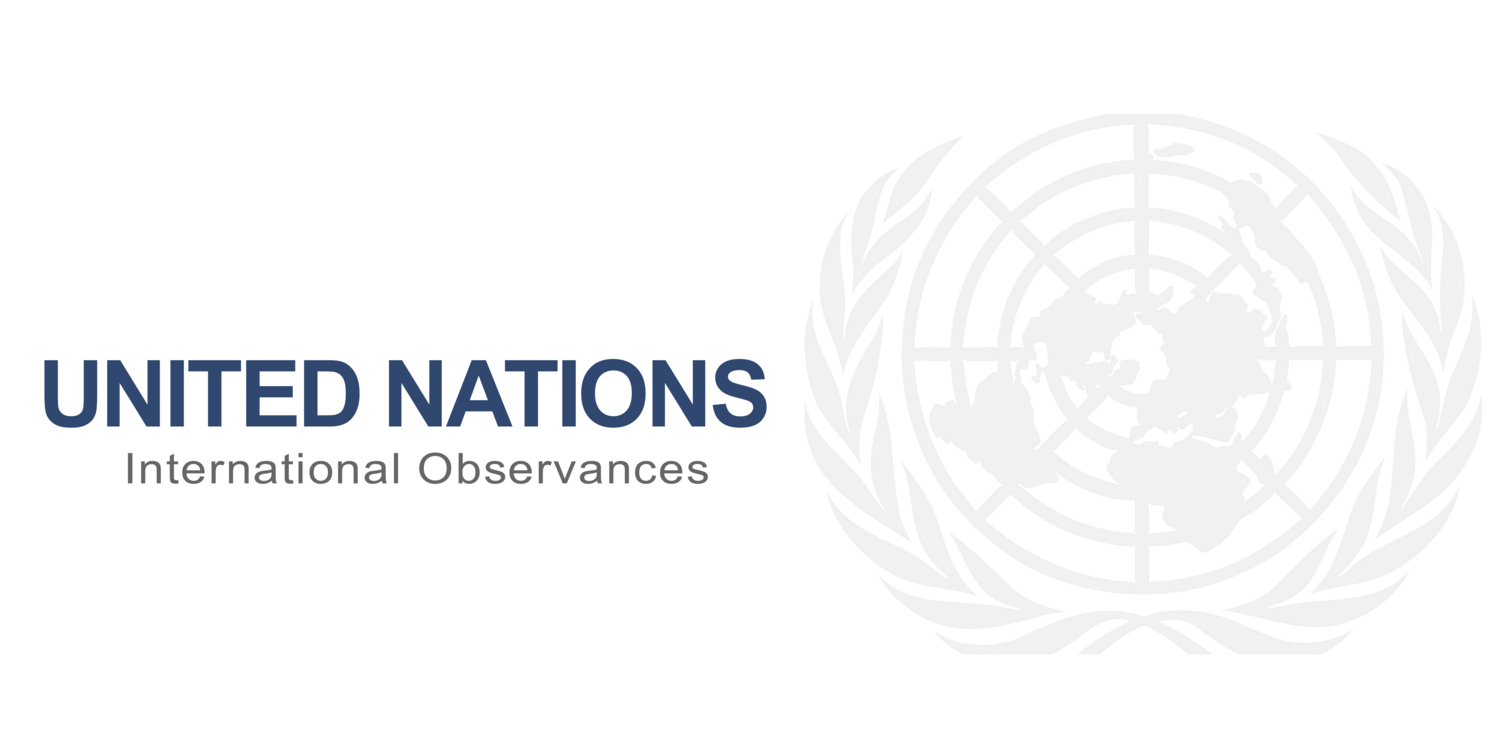PURPOSE: The aim of the Worrld Day of Safety and Health at work, observed on 28 April is to stimulate dialogue on the importance of investing in safety and health at work in responding to emergencies and crises affecting workplaces. One of the main pillars of the Global Strategy is advocacy, the World Day for Safety and Health at Work is a significant tool to raise awareness of how to make work safe and healthy and of the need to raise the political profile of occupational safety and health. April 28th is also the International Commemoration Day for Dead and Injured Workers organized worldwide by the trade union movement since 1996.
FORUM: "Revolutionizing Health and Safety: The role of AI and Digitalization at work." World Day for Safety and Health at Work 2025. The theme will focus on the impacts of digitalization and artificial intelligence (AI) on workers' safety and health. This theme will examine various new technologies through an occupational safety and health lens, including: Advanced robots; Artificial intelligence (AI) and machine learning; Exoskeletons; Unmanned aerial vehicles (UAVs); Internet of Things (IoT); Virtual and Augmented Reality.The campaign will also shed light on new work practices, such as automation of tasks, big data analysis, smart digital systems and workers management through AI. New technologies have also given rise to new types of work, such as digital platform work and remote work/hybrid work/telework, which will be further examined. Follow the conversation with the hashtags: #safeday25, #WorldDayofSafetyandHealthatwork, #28April, #SafeWorkingEnvironment, #automation, #HealthyWorkingEnvironment, #Rightatwork.
EVENTS: On April 28th from 13:30 to 15:30 PM GMT, The ILO commemorative event will bring together experts and constituents to discuss the implications it has for the world of work, as well as how to practically implement this right in the world of work. Looking at how the digital transformation of work may support safe and healthy working environments and what governments, employers and workers and other stakeholders are already doing to respond to these emerging challenges. Get ready to watch the Livestream!
STATEMENTS: Statement from ILO Director-General on World Day for Safety and Health at work 2025; April 28th.
PUBLICATIONS: Explore the findings of research on the implementation status of various provisions of the fundamental Convention No. 155 and the Convention No. 187.
PODCASTS: How can occupational safety and health be managed Businesses need to do a risk assessment to find out about the hazards and risks in their workplace(s) and put measures in place to effectively control them to ensure these hazards and risks cannot cause harm to workers. Listen to the audio-podcasts!
CAMPAIGN MATERIALS: Managing safety and health is an integral part of managing a business. Explore the 2025 Campaign poster "Revolutionizing Health and Safety: The role of AI and Digitalization at work.”; the action toolkit and Get the campaign materials!
WHY WE CELEBRATE THE DAY?
The World Day for Safety and Health at Work aims to promote and maintain highest degree of physical, mental and social well-being of workers in all countries.
Workers have the right to a high level of protection of their health and safety at work. They have the right to a working environment adapted to their professional needs and which enables them to prolong their participation in the labour market.
The observance of the day will bring together experts and constituents to discuss the theme and share experiences from around the world. It also served to present the global report prepared around enhancing social dialogue for improved occupational safety and health.
Working conditions have a major and direct impact on the health and well-being of workers. We celebrate the day to improve workplace health and well-being and to reduce the impact of work related ill health on the workforce.
ACTIONS
Promote the improvement of working conditions.
Open dialogue between workers and employers.
Share possible risks and hazards with workers effectively and ensure that it is relevant to every user, regardless of size of enterprise or sector of activity.
Elaborate and advance ergonomics science and practice,
Expand ergonomics scope of application and contribution to society to improve the quality of life.
Foster the scientific progress, knowledge and development of occupational health and safety in all its aspect.
Manage and address actively the issues related to safety and health at work.
Provide comprehensive information, news, data and analysis on social security developments worldwide.
PARTNERSHIPS
The World Day for Safety and Health at Work is co-organized by the International Labour Organization (ILO), the World health organization (WHO), the International Organisation of Employers (IOE), the International Trade Union Confederation (ITUC), the International Social Security Association (ISSA), the International Association of Labour Inspection (IALI), the European Agency for Safety and Health at Work (EU-OSHA), the International Commission on Occupational Health (ICOH), the International Ergonomics Association (IEA), the International Network of Safety and Health Practitioner Organizations (INSHPO), the Asia-Pacific Occupational Safety and Health Organization, the ASEAN Occupational Safety and Health Network (ASEAN-OSHNET), the European Forum of Insurances against Accidents at Work and Occupational Diseases, the European Network Education and Training in Occupational Safety and Health (ENETOSH), the European Network for Workplace Health Promotion (ENWHP), the European Network of Safety and Health Professional Organizations, the Partnership for European Research in Occupational Safety and Health (PEROSH), the Ministry of Labour and Social Security of the Russian Federation, the Russian Union of Industrialists and Entrepreneurs, the Federation of Independent Trade Unions of Russia, and the Confederation of Labour of Russia.


